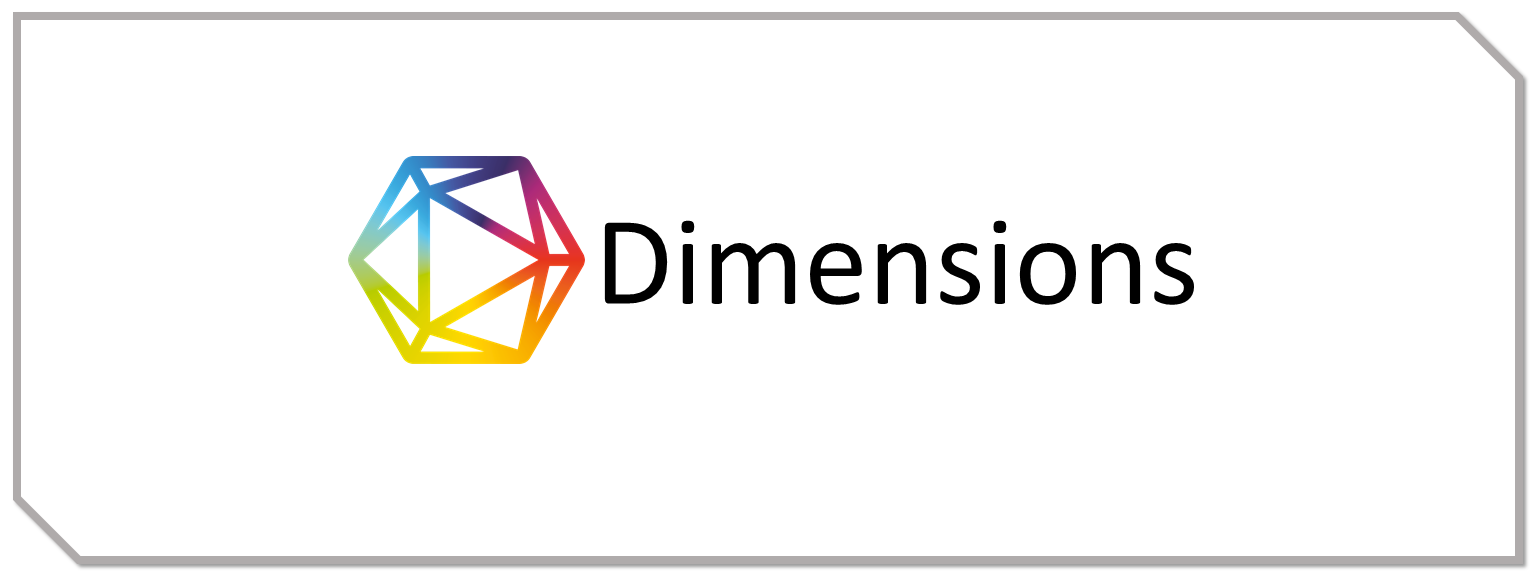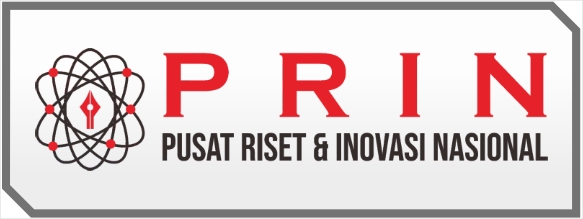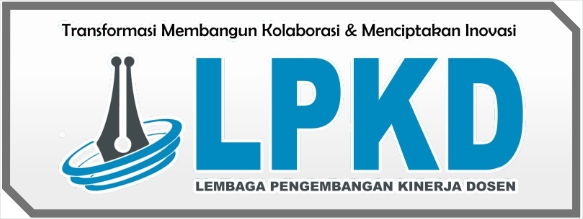Efektivitas Ekstrak Buah Bintaro (Cerbera manghas L.) dan Limbah Kulit Pisang sebagai Pestisida Nabati dan Pengkilap Aglaonema
DOI:
https://doi.org/10.55606/jurrit.v2i2.2010Keywords:
Aglaonema, Bintaro Fruit, Pests, Organic Pesticides, Leaf EnhancerAbstract
Aglaonema plants (Aglaonema spp.) are popular ornamental plants that are famous for the beauty and diversity of their leaves. However, pest attacks can disrupt the growth and beauty of this plant. An alternative to controlling pests is to use vegetable pesticides. This research aims to test the effectiveness of organic pesticides derived from bintaro fruit extract and the effect of using banana peels as a leaf polish on Aglaonema plants. Bintaro is a potential source of botanical pesticides because it contains compounds that inhibit insect feeding. On the other hand, banana peels, which are often overlooked, actually have the ability to naturally enrich the leaves because of their nutritional content. This research used a randomized block design (RAK) with six different treatments, including a control without treatment and chemical pesticide treatment as a comparison. The results of the study showed that bintaro fruit extract had no real effect on aglaonema pest attacks, P4 treatment had a real effect, with the highest number of respondents, but P3 treatment tended to give a duller leaf shine. These results show that the use of the botanical pesticide Bintaro fruit extract did not have a significant effect in killing Aglonema pests, but P2 and P3 treatments had a better effect than other treatments in dealing with pests and P4 treatment was the best in shining Aglonema leaves.
References
Agustin, Y. E., & Padmawijaya, K. S. (2016). Sintesis Bioplastik dari Kitosan-Pati Kulit Pisang Kepok dengan Penambahan Zat Aditif. Jurnal Teknik Kimia, 10(2), 40–48. https://doi.org/https://dx.doi.org/10.33005/tekkim.v10i2.537
Bahri, S., Ilim, Qudus, H. I., Ambarwat, Y., & Wulandari, I. R. (2023). Uji Bioinsektisida Ekstrak Buah Bintaro dan Umbi Gadung Terhadap Hama Walang Sangit (Leptocorisa acuta T.). Jurnal Kartika Kimia, 6(1), 69–77. https://doi.org/10.26874/jkk.v6i1.189
Fitria, V. (2013). Karakterisasi Pektin Hasil Ekstraksi dari Limbah Pisang Kepok (Musa balbisiana ABB). Skripsi. UIN Syarif Hidayatullah Jakarta. Retrieved from https://repository.uinjkt.ac.id/dspace/bitstream/123456789/26485/1/VITA FITRIA-FKIK.PDF
Handayani, I., & Elfarisna, E. (2021). Efektivitas Penggunaan Pupuk Organik Cair Kulit Pisang Kepok Terhadap Pertumbuhan dan Produksi Tanaman Pakcoy. Jurnal Agrosains dan Teknologi, 6(1), 25–34. https://doi.org/10.24853/jat.6.1.25-34
Hasfita, F., Nasrul, & Lafyati. (2013). Pemanfaatan Daun Pepaya untuk Pembuatan Pestisida Nabati. Jurnal Teknologi Kimia Terapan Unimal, 1(2), 13–24. https://ojs.unimal.ac.id/jtk/article/download/38/24
Irfan, M. (2016). Uji Pestisida Nabati Terhadap Hama dan Penyakit Tanaman. Jurnal Agroteknologi, 6(2), 39–45. https://doi.org/10.24014/ja.v6i2.2239
Khamzah, S. N. (2021). Teknik Budi Daya Tanaman Hias Hits dan Populer (Damaya (ed.); 1 ed.). Yogyakarta: Diva Press. Retrieved from https://books.google.co.id/books?id=tbZ_EAAAQBAJ
Kulu, I. P. (2021). Uji Efektivitas Ekstrak Buah Bintaro (Cerbera manghas L.) Terhadap Mortalitas Ulat Grayak (Spodoptera litura F) Secara In-Vitro. Jurnal Penelitian UPR: Kaharati, 1(1), 45–53. https://doi.org/10.52850/jptupr.v1i1.9150
Kurniawan, F. (2019). Uji Kemampuan Ekstrak dan Fraksi Buah Bintaro (Cerbera odollam G.) sebagai Insektisida Nabati terhadap Mortalitas Lalat Buah (Bactrocera dorsalis) Skripsi. Universitas Brawijaya. Retrieved from https://repository.unsri.ac.id/29148/3/RAMA_46201_08041281520083_0017046702_0023086604_01_FRONT_REF.pdf
Lumowa, S. V. ., & Bardin, S. (2018). Uji Fitokimia Kulit Pisang Kepok (Musa paradisiacaL.) Bahan Alam sebagai Pestisida Nabati Berpotensi Menekan Serangan Serangga Hama Tanaman Umur Pendek. Jurnal Sains dan Kesehatan, 1(9), 465–469. https://doi.org/10.25026/jsk.v1i9.87
Muliana, G. H. (2022). Tentang Aglaonema (H. Wijayanti (ed.)). Sukabumi: CV Jejak (Jejak Publisher). Retrieved from https://books.google.co.id/books?id=NOt4EAAAQBAJ
Munar, A., Bangun, I. H., & Lubis, E. (2018). Pertumbuhan Sawi Pakchoi (Brassica rapa L.) pada Pemberian Pupuk Bokashi Kulit Buah Kakao dan Poc Kulit Pisang Kepok. AGRIUM: Jurnal Ilmu Pertanian, 21(3), 243–253. https://doi.org/https://doi.org/10.30596/agrium.v21i3.2449
Nasution, F. J., Mawarni, L., & Meiriani, M. (2014). Aplikasi Pupuk Organik Padat dan Cair dari Kulit Pisang Kepok untuk Pertumbuhan dan Produksi Sawi (Brassica juncea L.). Jurnal Online Agroekoteknologi Universitas Sumatera Utara, 2(3), 1029–1037. https://doi.org/https://dx.doi.org/10.32734/jaet.v2i3.7456
Nurmianti, L., & Gusmarwani, S. R. (2020). Penentuan Lethal Dose 50% (LD50) Pestisida Nabati dari Campuran Buah Bintaro, Sereh, Bawang Putih, Lengkuas (Variabel Waktu Pemasakan dan Ratio Masing-Masing Bahan). Jurnal Inovasi Proses, 5(1), 22–26. https://ejournal.akprind.ac.id/index.php/JIP/article/view/2711
Putri, I. S., & Gusmarwan, S. R. (2019). Pengambilan Cerberin dari Buah Bintaro sebagai Bahan Utama Pestisida Nabati (Variabel Perbandingan Siklus, Metode Pengaplikasian, dan Jenis Hama). Jurnal Inovasi Proses, 4(1), 36–39. https://journal.akprind.ac.id/index.php/JIP/article/view/1943
Saenong, M. S. (2016). Tumbuhan Indonesia Potensial sebagai Insektisida Nabati untuk Mengendalikan Hama Kumbang Bubuk Jagung (Sitophilus spp.). Jurnal Penelitian dan Pengembangan Pertanian, 35(3), 131–142. https://doi.org/10.21082/jp3.v35n3.2016.p131-142
Setiawan, A. N., & Supriyadi, A. (2014). Uji Efektivitas berbagai Konsentrasi Pestisida Nabati Bintaro (Cerbera manghas) terhadap Hama Ulat Grayak (Spodoptera litura) pada Tanaman Kedelai. Planta Tropika: Journal of Agro Science, 2(2), 99–105. https://doi.org/10.18196/pt.2014.029.99-105
Sutriadi, M. T., Harsanti, E. S., Wahyuni, S., & Wihardjaka, A. (2020). Pestisida Nabati: Prospek Pengendali Hama Ramah Lingkungan. Jurnal Sumberdaya Lahan, 13(2), 89. https://doi.org/10.21082/jsdl.v13n2.2019.89-101
Widakdo, D. S. W. P. J., & Setiadevi, S. (2017). Respon Hama Ulat Buah Melon terhadap Aplikasi Pestisida Nabati Buah Bintaro (Cerbera manghas L.) pada Berbagai Konsentrasi. Agrotechnology Research Journal, 1(2), 48–51. https://doi.org/10.20961/agrotechresj.v1i2.18894
Zahara, M., & Win, C. C. (2020). A Review: The Effect of Plant Growth Regulators on Micropropagation of Aglaonema sp. Journal of Tropical Horticulture, 3(2), 96–100. https://doi.org/10.33089/jthort.v3i2.58
Downloads
Published
How to Cite
Issue
Section
License
Copyright (c) 2023 Tania Amelya, Jidan Akbar, Sri Dewi, Abdul Hamid, Muhammad Hafizh

This work is licensed under a Creative Commons Attribution-ShareAlike 4.0 International License.
















